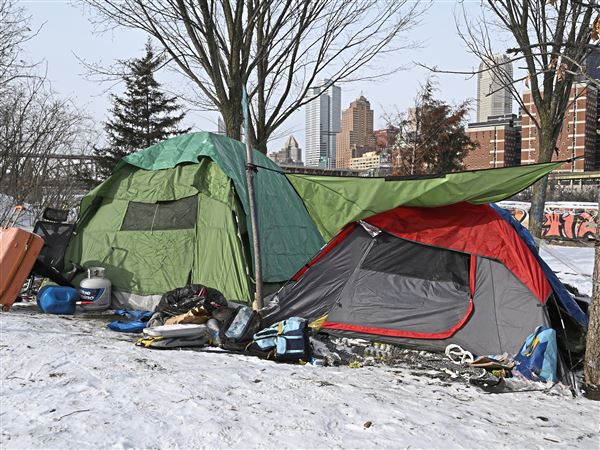What is the likelihood of China’s economy collapsing? And if it does, what impact would this have on the global economy?
The country is grappling with a shrinking and aging population as a result of its one-child policy. This policy, in effect from 1979 to 2016, was designed to curb population growth as a means to alleviate poverty. Furthermore, China’s youth unemployment rate reached a record high of 21.3% in June, prompting Chinese authorities to cease the release of age-related job data. By July, the surveyed unemployment rate in urban areas of China was reported to be 5.3%.
When it rains, it pours. The value of property developer stocks in China has fallen rapidly as many property developers are teetering on the edge of default. For example, shares of Evergrande, once the second largest developer in China, have lost more than 99% of their value in the past three years as Beijing cracked down on property firms to curb their excessive borrowing.
There is legitimate concern about China’s economy. However, it is important to note that China’s economy is not contracting. In fact, it is projected to grow by 5% this year, according to a survey conducted by Reuters this month.
While this 5% growth rate may seem modest compared with China’s exponential growth over the last four decades, it still outpaces the growth rate of the U.S., U.K. and EU.
For years, Western experts forecast a “China collapse,” notably during the Asian financial crisis in the 1990s and the global financial crisis in 2008. However, their predictions often fell short, largely because they were based on macro-level analysis rather than grounded observations.
In many cases, these predictions were shaped by Western perspectives without a thorough understanding of China’s resilience. For example, during the Great Recession,which took place from late-2007 through mid-2009, the U.S. economy contracted by 4.2%, nearly 8.7 million jobs were lost and consumer spending took a severe hit. With orders from the West dwindling, China’s export economy was at risk.
In an effort to sustain the economic growth in the face of a weak export market, China swiftly pivoted to stimulate the domestic market by launching the Home Appliances in Rural Homes program in late 2007. Specifically, the Chinese government encouraged domestic manufacturers such as Haier and Hisense to develop new products and distribution channels to satisfy the need of rural residents. Simultaneously, the government offered a 13% rebate for purchasing certain home appliances such as refrigerators, televisions, washing machines and mobile phones. This program was a success: It enabled domestic manufacturers to stay afloat during the financial crisis, and it assisted rural residents in modernizing their living conditions.
Fast-forward to 2023. China took measures to prevent the housing bubble from bursting in 2020 by halting the flow of cheap money to cash-strapped property developers. In August, Country Garden, once China’s largest developer, missed interest payments on two U.S. dollar-denominated bonds. To prevent the potential collapse of Country Garden, creditors agreed in early September to allow Country Garden to repay the debt of $540 million in installments over three years. Meanwhile, the Chinese government has unveiled various measures to support the flagging property market, including lower down-payment ratios and interest rates.
Regarding job creation, it is true that many Chinese tech giants such as Alibaba and Tencent were downsizing amid an economic slowdown just like the U.S.. However, China’s gig economy continues to grow and employ at least 200 million people.
Judging from these recent trends, it is evident that China’s economic growth rate is slower than before, but it is not on the brink of collapse
Suppose that China’s economy does collapse due to unforeseeable events. It could create a contagion impact around the world due to the intertwined nature of global economies with China’s economy. According to a report issued by The Economist, almost 20% of Zambia’s gross domestic product and 10% of Chile’s GDP are based on their export of copper and iron to China, respectively. So, if China were to fall, these two countries would face major economic crises.
Western countries, due to their intertwined economies, would not be immune if China falls. For example, 10% of Germany’s GDP is based on the export of goods and services to China. In fact, China has been Germany’s biggest trade partner for the past seven years, with bilateral trade rising to a record-high $327 billion last year. This year, Germany’s economy is expected to contract by 0.4%, partly due to faltering demand from China.
From the U.S. perspective, it was reported that a Chinese slump would not have much direct effect on demand for U.S.. products because China bought only about $150 billion last year, which is less than 1% of U.S.’ GDP.
While the overall impact of China’s collapse would be small as a whole, the impact on the U.S. tech sector would be significant. For example, the Chinese market accounted for roughly 20% of Apple’s sales last year. Also, a recent report revealed that 10 stocks in the S&P 500, including Qualcomm, Monolithic Power and Texas Instruments, received more than 27% of their annual revenue from China.
In the near term, China will continue to play an important role in the world economy. If China does collapse, it could become a nightmare for all.
Christopher Tang is a professor at the Anderson School of Management at the University of California at Los Angeles.
First Published: September 30, 2023, 9:30 a.m.
















